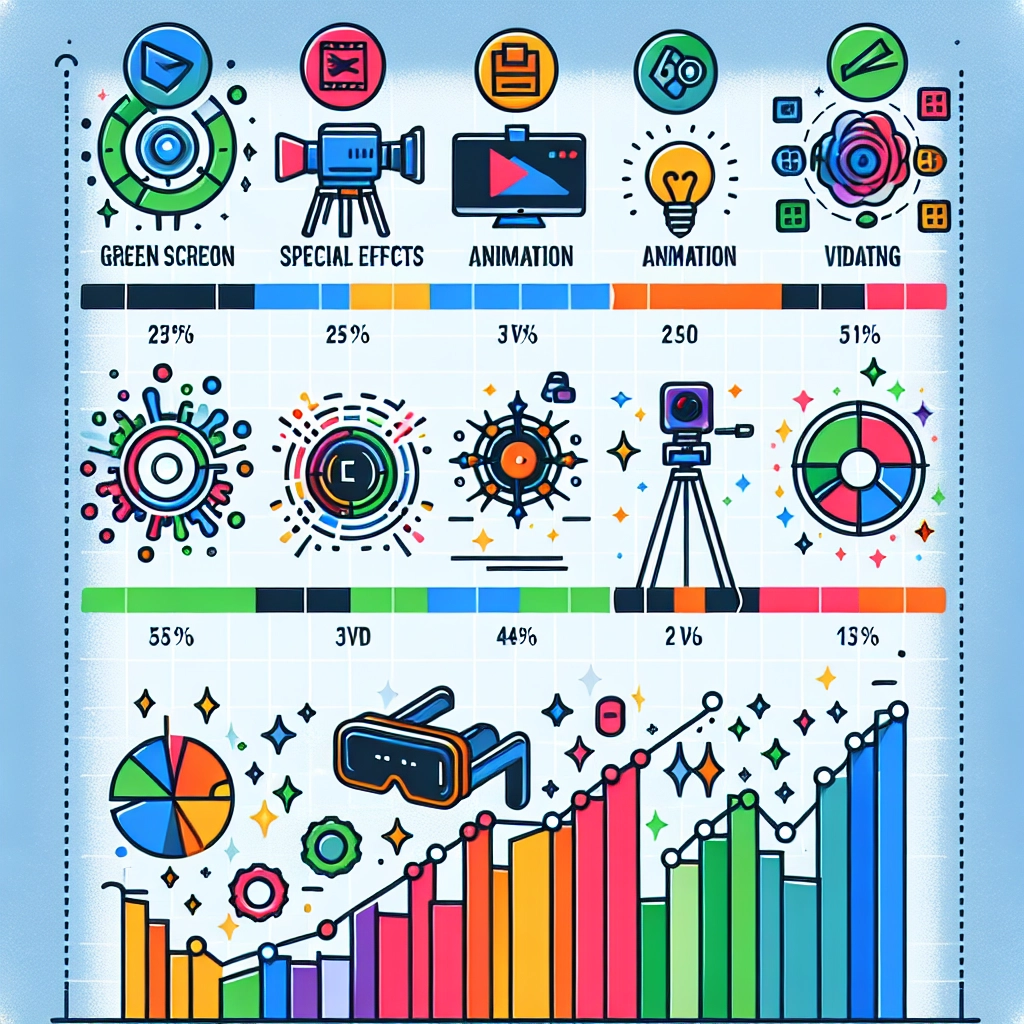Top Video Editing Trends Every Creator Should Know
Editing tools evolve faster than ever. Whether you publish shorts, vlogs, or branded content, knowing what’s trending helps you deliver sharper stories, faster. Here are the video editing shifts shaping how creators work right now.
AI-assisted editing goes mainstream
AI is no longer a novelty—it’s a speed booster. From rough cuts to polish, smart features remove busywork so you can focus on storytelling. Expect auto‑cutting, transcript-driven editing, and one‑click cleanup to become default.
- Scene detection and silence trimming to build a tight first cut.
- Speech-to-text for instant captions, searchable transcripts, and paper‑edit workflows.
- Generative cleanup: remove ums, filler words, background noise, or stray objects.
- Style helpers: auto color match, noise reduction, and smart reframing.
Short-form, vertical, and multi-format workflows
Creators increasingly deliver in 9:16, 1:1, and 16:9 from the same timeline. The trend is to design once, export many: protect safe zones, keep faces centered, and adapt graphics that scale. Auto reframing and template-driven outputs make repurposing painless.
- Edit for silent playback: bold hooks in 3 seconds and readable captions.
- Keep text in safe areas so it survives crops across ratios.
- Batch exports with presets (9:16, 1:1, 16:9) to maximize reach per shoot.
- Use modular storytelling: standalone beats that work as micro‑clips.
Motion design, subtitles, and on‑brand graphics
Thumbnail-level clarity is the new standard inside the video. Kinetic typography, subtle transitions, and branded lower thirds drive retention without feeling flashy. Captions are now design elements: stylized subtitles boost accessibility and watch time while reinforcing brand identity via fonts, colors, and logo kits.
Collaborative, cloud, and proxy‑first pipelines
Distributed teams need speed. Cloud storage, shared timelines, and frame‑accurate review links cut feedback cycles. Proxy-first editing keeps large formats smooth on modest hardware, while color-managed pipelines and LUTs preserve fidelity from camera to final deliverable. The result: faster approvals, fewer re‑renders, and consistent output across platforms.
The takeaway: combine AI acceleration, multi‑format thinking, thoughtful motion design, and cloud collaboration. You’ll ship more, keep quality high, and stay ahead of audience expectations.


